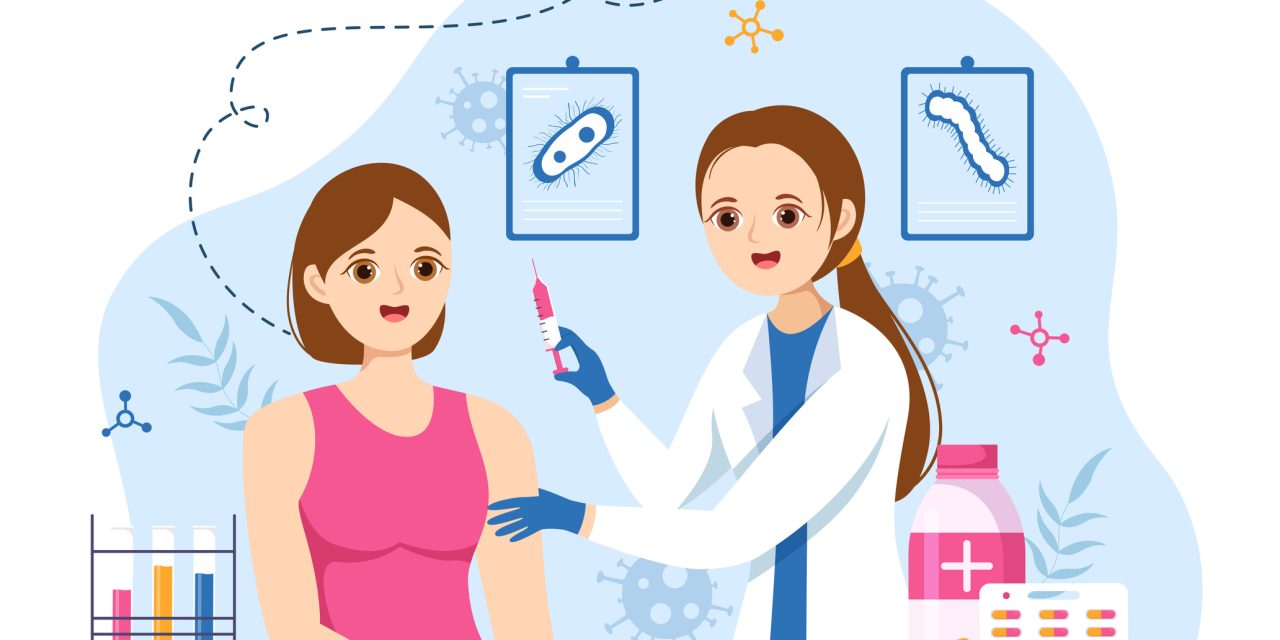Asthma episodes are common in children with asthma and can result in serious consequences such as missed school, hospitalisation, and death. Identifying children who are at risk of an asthma attack allows us to avoid attacks and improve outcomes. Clinical aspects, patient behaviours and traits, physiological variables, environmental data, and biomarkers are all linked to asthma attacks and can be used to predict asthma exacerbations. Recent studies have improved the classification of children at risk of an attack: a history of a severe exacerbation in the preceding 12 months, poor adherence, and current poor control are all critical criteria that should alert healthcare providers to the need for corrective action. The use of biomarkers is gaining popularity. A variety of new indicators, such as volatile organic compound patterns in exhaled breath, show potential. Biomarkers are more likely to be useful when measured regularly and in conjunction with other measurements. Most prediction methods are now based on epidemiological data and population-based risk. The use of digital technology allows for the collection of huge amounts of real-time data, such as clinical and physiological measures, and the combination of these with environmental data to generate individualised risk ratings. These advancements must be accompanied by shifts in clinical recommendations away from an emphasis on current asthma control and stepwise escalation of medication therapy and toward the inclusion of individualised risk scores and personalised management options, including non pharmacological alternatives.
Significant progress has been made in customised asthma attack prediction models. The utility of such models must be demonstrated not just in their capacity to forecast assaults but also in their ability to decrease them.


